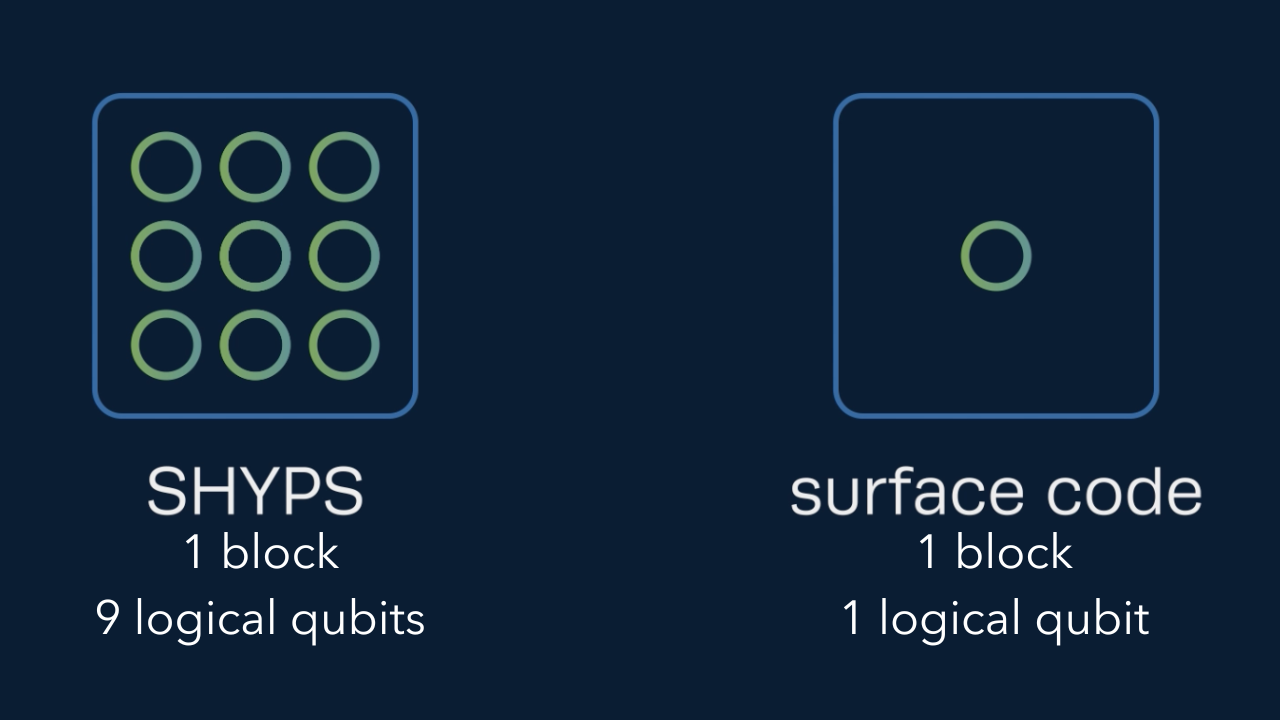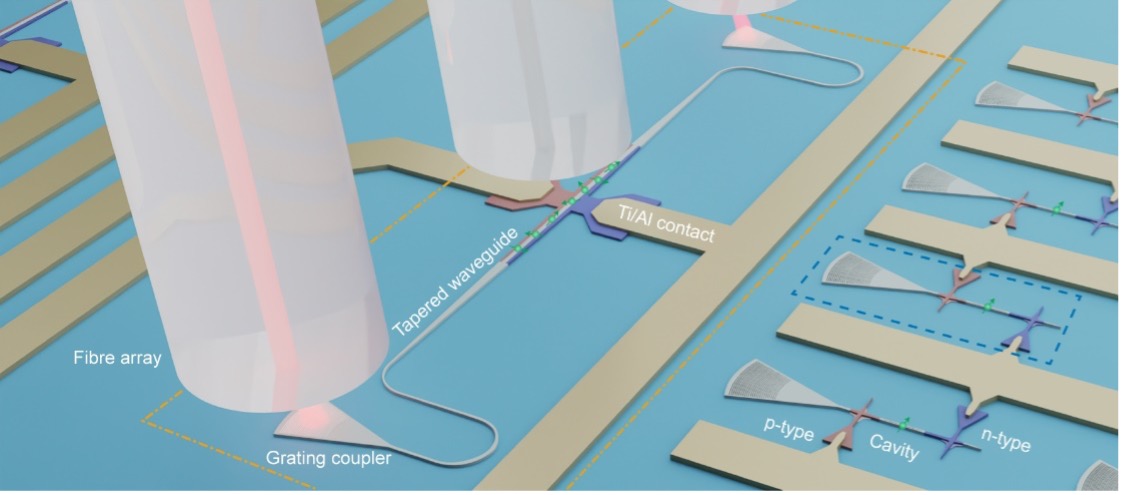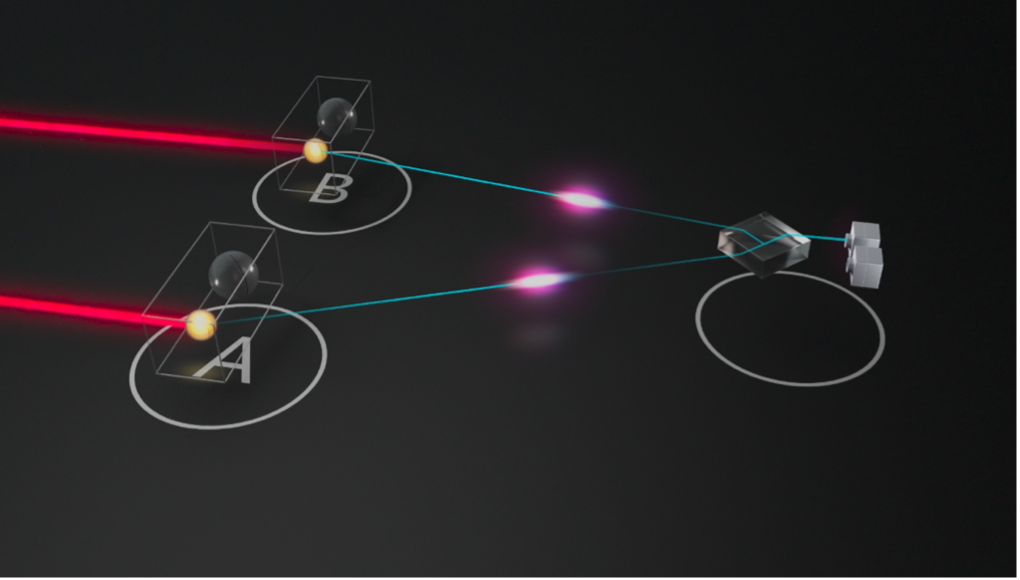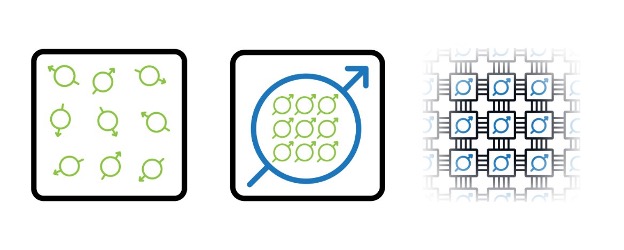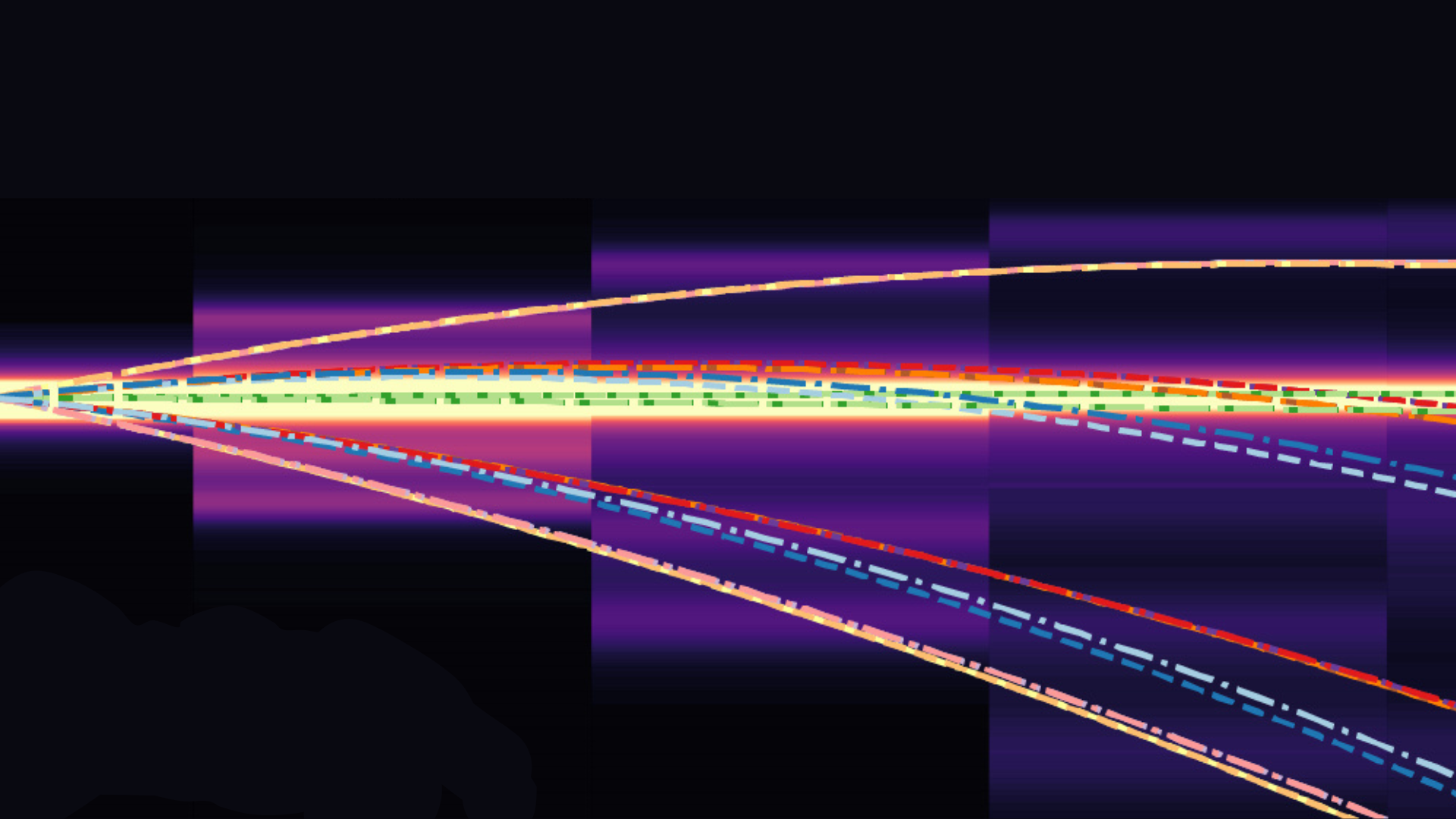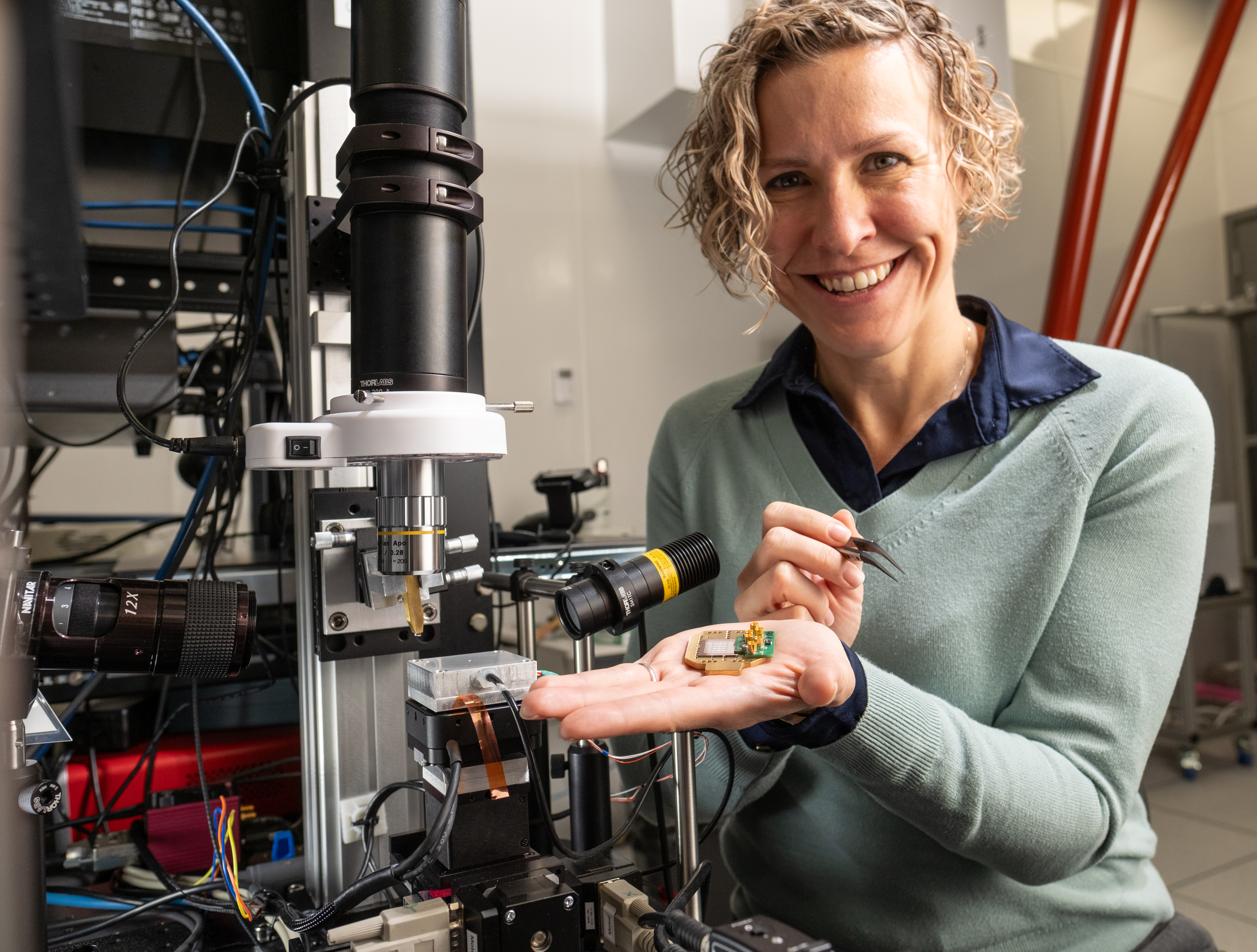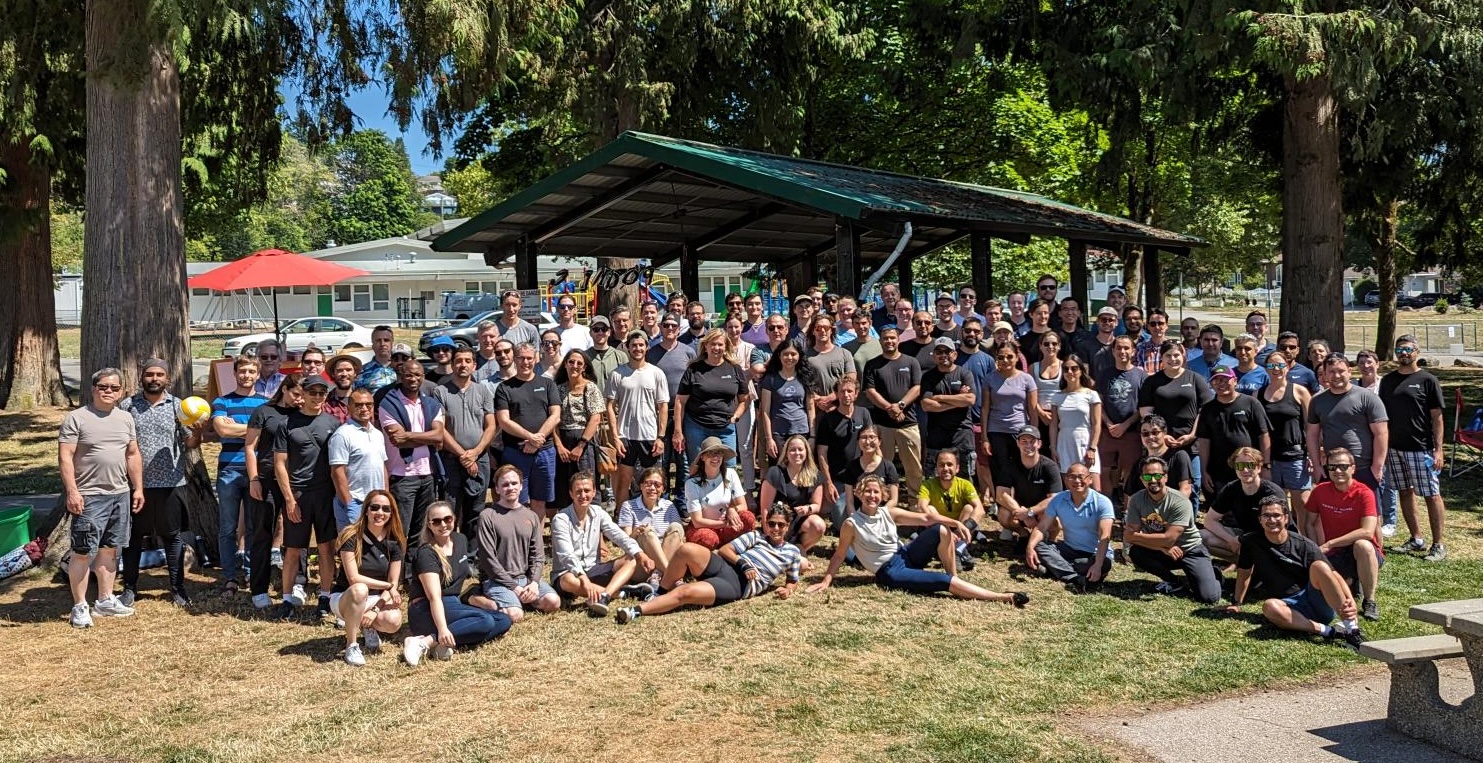Quantum effects occur in materials naturally at the atomic and molecular level. Since the early 1980s, when Richard Feynman first proposed the concept of a “quantum computer,” a number of materials with quantum properties have been identified and applied to the challenge of quantum computing.
Two of the early leading technologies – ion traps and superconductors – have proven that quantum computing is indeed possible, fueling the growing interest in the development of quantum computing for commercial purposes.
These technologies—the “first generation” of quantum computing—have been characterized by John Preskill, the Richard P. Feynman Professor of Theoretical Physics at the California Institute of Technology as “Noisy Intermediate-Scale Quantum (NISQ) computers.” Today’s NISQ computers are both constrained by the number of qubits that can operate together (practical demonstrations today max out at 50 to 60 qubits) and they are highly prone to errors. First-generation quantum technologies also require expensive environmental conditions, such as a vacuum or operating temperature close to absolute zero.
To move beyond the NISQ era, next-generation quantum computers must deliver hundreds of high-quality, stable qubits, with efficient error correction, and next-generation computers must work in an affordable operating environment. We must have quantum computers that are manufacturable, scalable, and able to network.
Photonic is building next-generation quantum computers using silicon. Learn more.
References
R. P. Feynman, Simulating physics with computers, Int. J. Theor. Physics 21, 467-488, 1982.
M. Demmer, R. Fonseca, F. Koushanfar, CS 294 Reading the Classics: Richard Feynman, Simulating Physics with Computers. 2008.
J. Preskill. Quantum Computing in the NISQ era and beyond. Quantum 2, 79 (2018)



